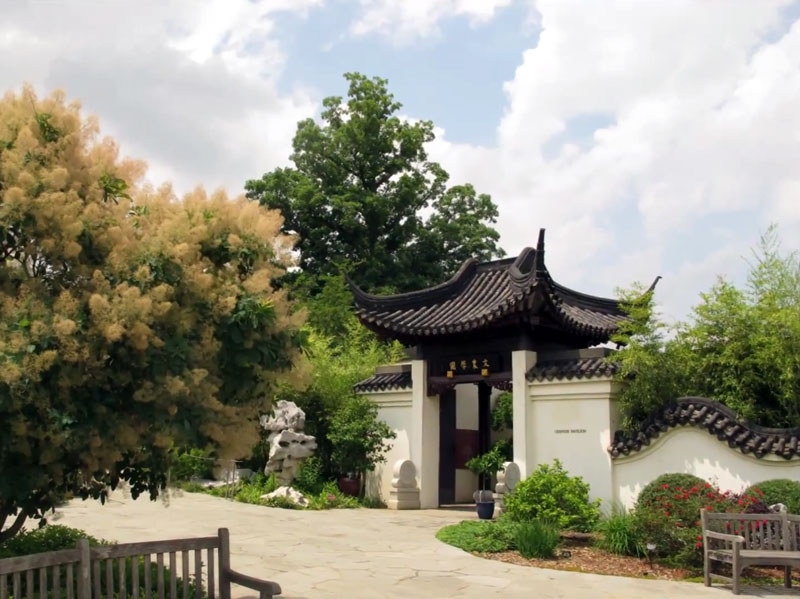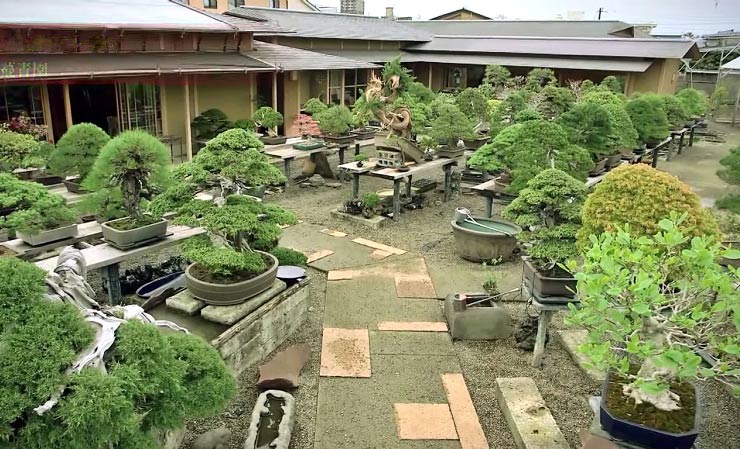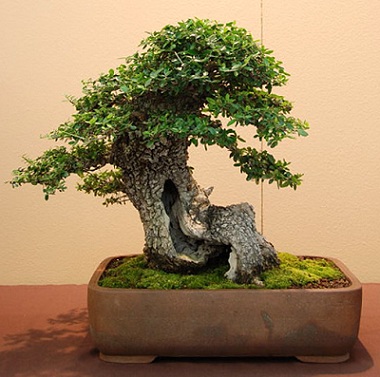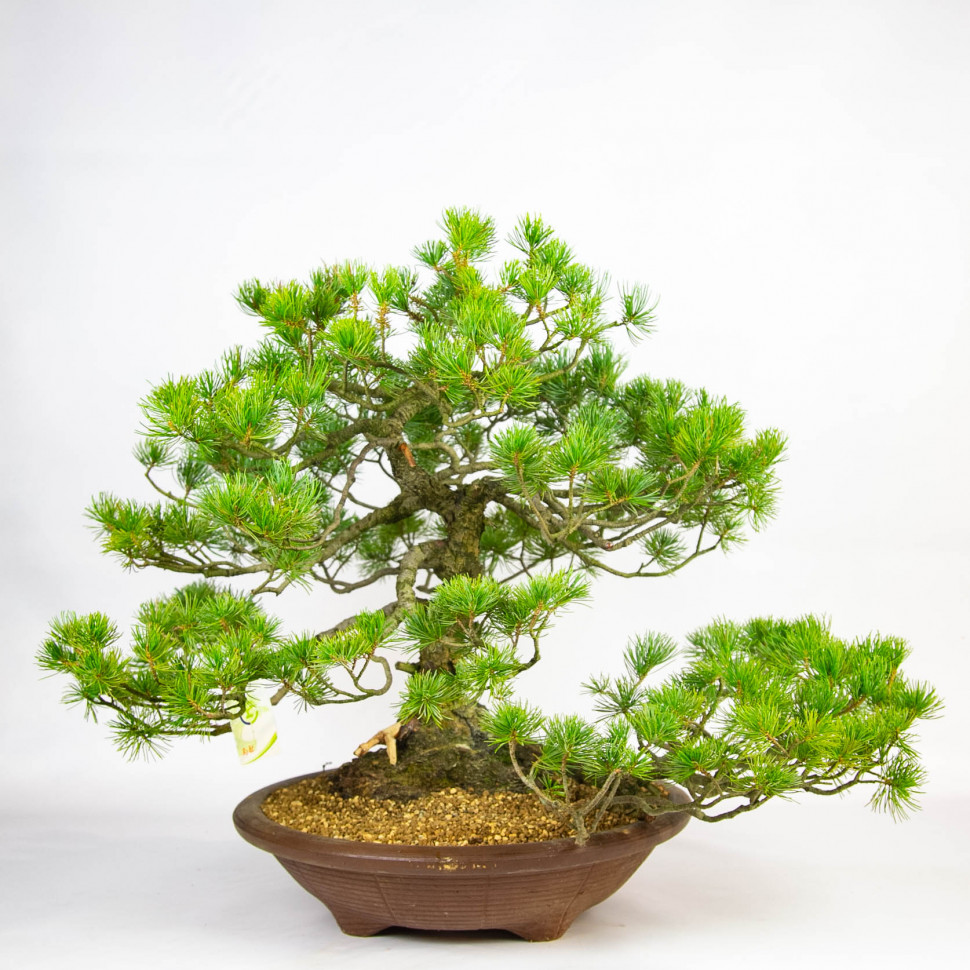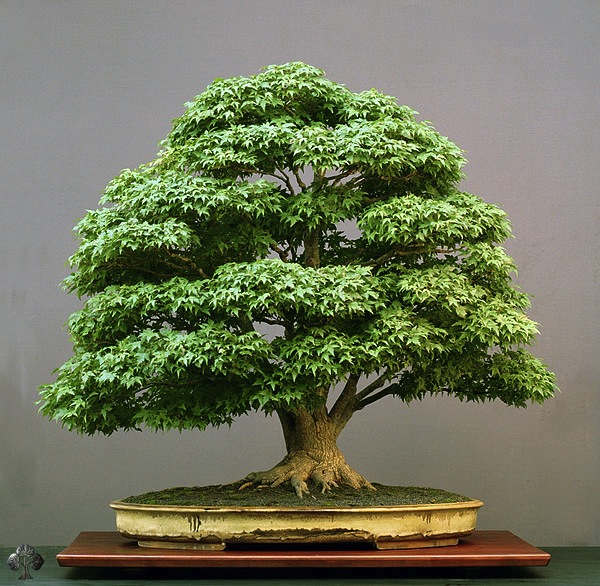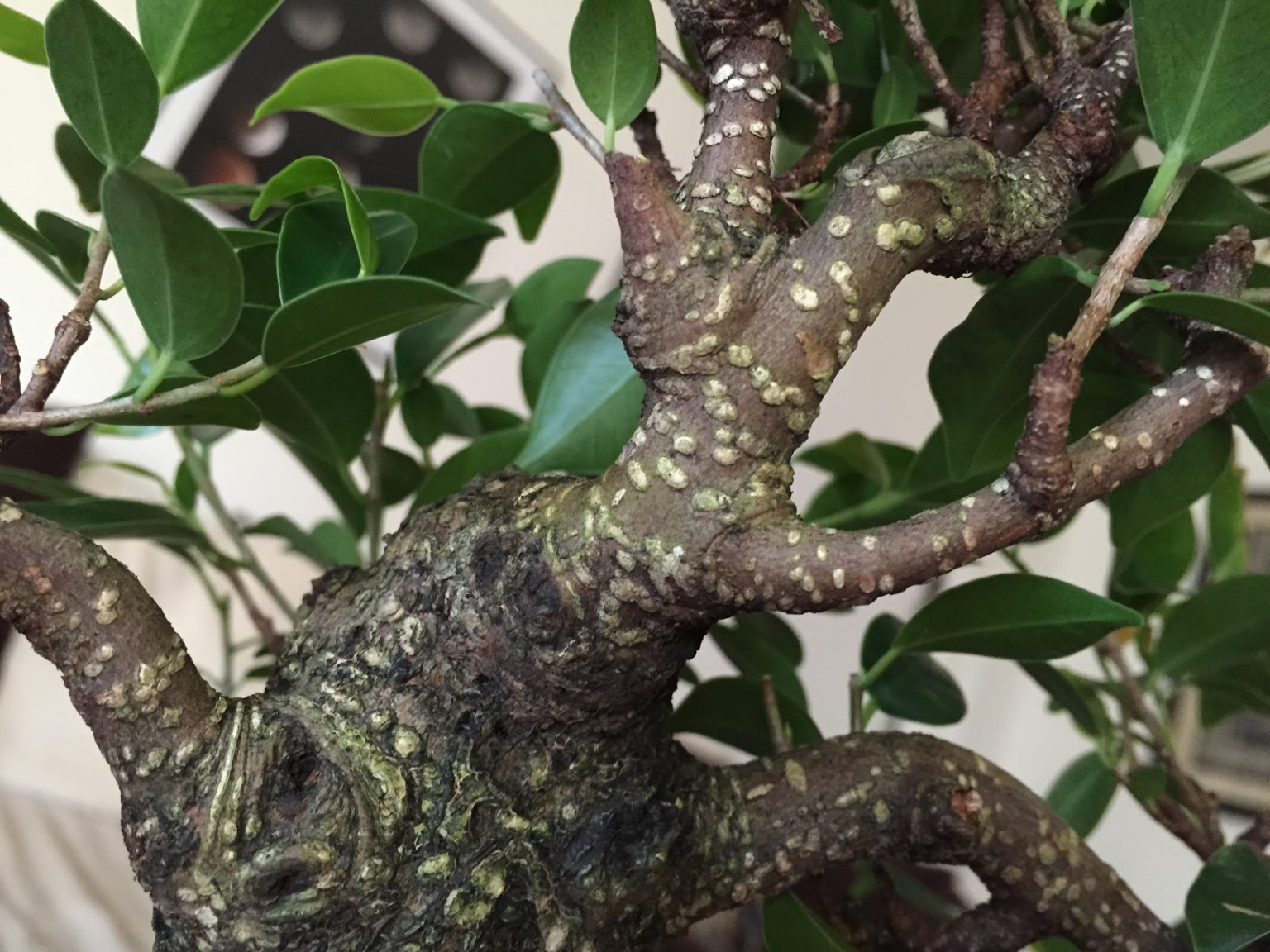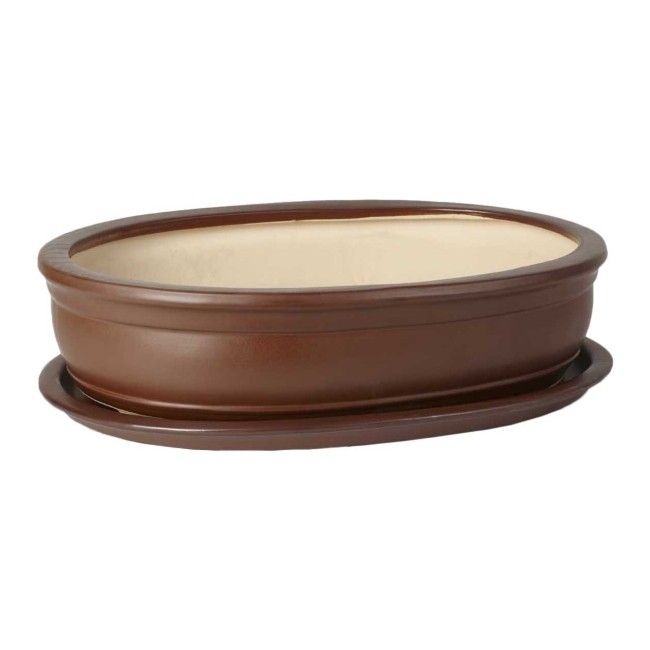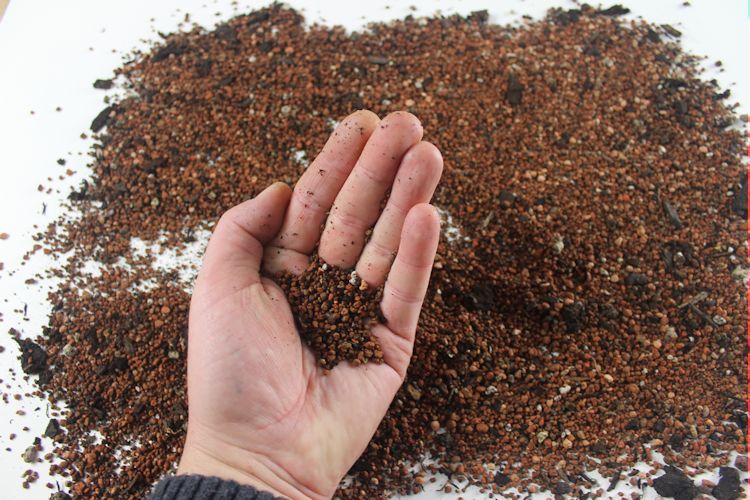The word "Bon-sai" (often misspelled as Bonzai, Banzai, or Bansai) is a Japanese term that literally means "container plant." This art form has its origins in ancient Chinese gardening and has been modified over time by Japanese Zen Buddhism. This has been going on for over a thousand years. The ultimate goal of growing bonsai is to create miniature, yet realistic trees.
What is Bonsai?
Bonsai is not a specific type of dwarf plant, in fact, any type of tree can be used to grow Bonsai. Techniques such as pinching, pruning, wiring and careful maintenance of the tree are used to formations and ensure healthy growth of Bonsai. Most often, trees up to one meter in height are found. Bonsai is not a genetic dwarf plant, however, plants with small leaves are much easier to give the natural look of a tree grown by nature. In fact, any plant that has a woody trunk and branches can be successfully grown in a pot.
Go outside and look around, trees, bushes, hedges, plantings in your yard or park, plants in a reserve or in the wild - in fact, any of them can serve as an example for starting to grow Bonsai. Carefully move, observing all the rules, the tree you like to the container and your composition has begun. Most native plants can be grown outdoors, tropical trees need to be protected from the cold. In our description of plants you can find more detailed information about specific tree species most often used for growing Bonsai.
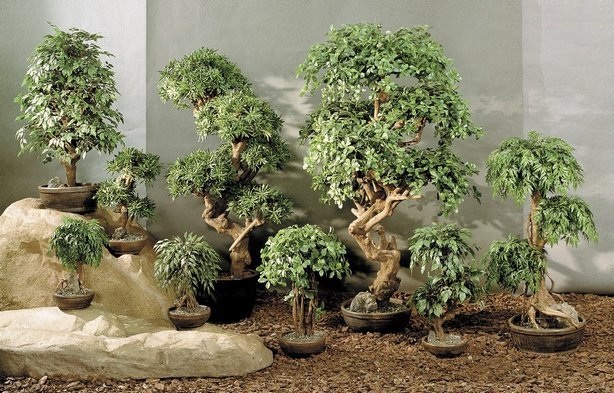
Classification of Bonsai by Size
The purpose of Bonsai is to create a realistic representation of nature. As Bonsai become smaller (down to a few centimeters), the trees take on a more abstract appearance. Several classifications of Bonsai have been put forward, and although the accuracy of these classifications is debatable, they help to give an idea of the aesthetic and botanical aspects of Bonsai. Originally, dwarf trees were classified according to the number of men needed to raise the tree.
Classification by size (in ascending order):
- Keshitsubo: 1-3 inches (3-8 centimeters)
- Shito: 2-4 inches (5-10 centimeters)
- Shohin: 2-6 inches (5-15 centimeters)
- Mame: 5-8 inches (13-20 centimeters)
- Komono: 6-10 inches (15-25 centimeters)
- Katade-mochi: 10-18 inches (25-46 centimeters)
- Chumono / Chiu: 16-36 inches (41-91 centimeters)
- Omono / Dai: 30-48 inches (76-122 centimeters)
- Hachi-uye: 40-60 inches (102-152 centimeters)
- Imperial: 60-80 inches (152-203 centimeters)
Definition of Bonsai
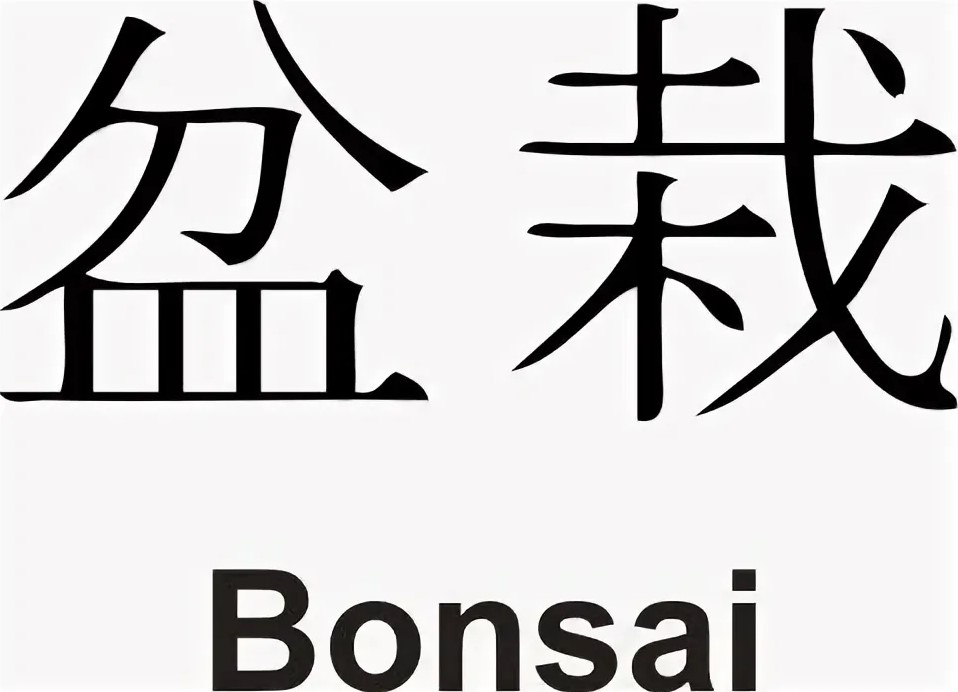
Chinese characters found on ancient pots used to grow bonsai trees were used to name the Japanese art. In short, the word bonsai can be deciphered as follows:
"Bon" [left character] is a dish or low bowl ("a modified vessel that was made from a deeper one").
"Sai" [right character] means tree or other plant.
Thus, "Bonsai" can be translated as "a tree planted in a low container."

